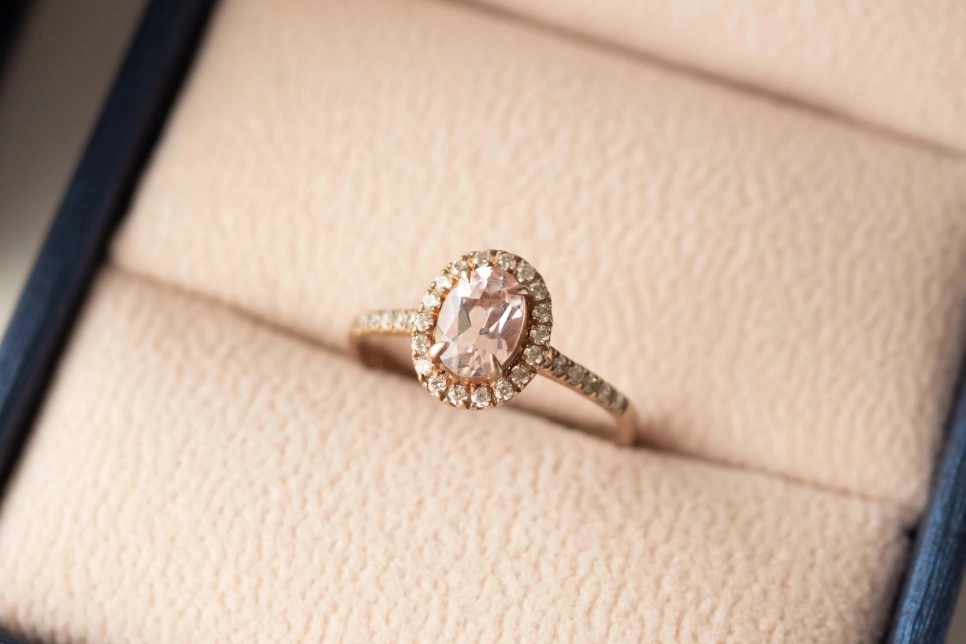The History of Diamonds
Diamonds have captivated human imagination for centuries, serving as symbols of wealth, power, and eternal love. From ancient times to the modern era, these precious gemstones have played a prominent role in various cultures and societies around the world. Let’s embark on a journey through the ages to explore the fascinating history of diamonds and their enduring significance.
Ancient Origins of Diamonds
In the mists of antiquity, diamonds were treasured for their rarity and beauty. Ancient civilizations, including the Greeks, Romans, and Indians, 다이아의 역사, revered diamonds for their supposed mystical properties and believed they possessed magical powers. The earliest known diamonds were discovered in India, where they were used not only as adornments but also as talismans for protection and tools for engraving.
Diamond Mining Through the Ages
The quest for diamonds has driven humans to explore new frontiers and develop innovative mining techniques. From ancient alluvial mining to modern industrial methods, the history of diamond mining is a tale of perseverance and ingenuity. Diamond rushes, such as the famous Kimberley diamond rush in South Africa, transformed remote wilderness into bustling towns virtually overnight, leaving a lasting imprint on the landscape and the people.
The Renaissance of Diamonds
During the Renaissance period, diamonds experienced a resurgence in popularity, particularly among European nobility. Diamonds adorned the crowns, scepters, and jewelry of monarchs, symbolizing their wealth and divine right to rule. Artists and writers of the Renaissance era were inspired by the brilliance of diamonds, incorporating them into their works as symbols of purity, beauty, and transcendence.
Diamonds in the Modern Era
In the modern era, diamonds have transitioned from symbols of aristocracy to ubiquitous luxury items and industrial tools. The discovery of diamond mines in Africa and other parts of the world led to a proliferation of diamonds in the global market, fueling demand for these precious stones. Meanwhile, the industrial revolution revolutionized diamond cutting and polishing techniques, making diamonds more accessible to a wider audience.
The Diamond Industry Today
Today, the diamond industry is a multibillion-dollar global enterprise, with major diamond-producing countries such as Russia, Botswana, and Canada leading the way. However, the industry is not without its controversies, including environmental degradation, human rights abuses, and the trade of conflict diamonds. Efforts to promote ethical and sustainable practices in diamond mining have gained traction in recent years, but challenges remain in ensuring a transparent and responsible supply chain.
Famous Diamonds Throughout History
Throughout history, certain diamonds have achieved legendary status due to their size, purity, or association with famous figures. From the Hope Diamond to the Koh-i-Noor, these rare gems have captured the imagination of people around the world and inspired countless tales of intrigue and romance.
The Science Behind Diamonds
At their core, diamonds are crystalline structures composed of carbon atoms arranged in a unique lattice formation. This molecular structure gives diamonds their remarkable hardness and brilliance, making them ideal for various industrial applications, including cutting, grinding, and drilling. In addition to their practical uses, diamonds also hold scientific significance as valuable sources of insight into Earth’s geological processes.
Myths and Legends Surrounding Diamonds
Over the centuries, diamonds have been the subject of numerous myths, legends, and superstitions. In many cultures, diamonds were believed to possess magical powers, offering protection against evil spirits and bringing good fortune to their owners. From the ancient belief that diamonds were splinters of stars to the medieval notion that they could cure illnesses and ward off poison, man made diamonds, these enduring myths continue to shape our perception of diamonds to this day.
Diamonds in Pop Culture
In popular culture, diamonds have long been associated with glamour, romance, and extravagance. From Marilyn Monroe’s iconic song “Diamonds Are a Girl’s Best Friend” to Hollywood blockbusters featuring daring heists and sparkling jewels, diamonds have cemented their status as symbols of luxury and allure. In the world of fashion, diamonds have graced the red carpet and adorned the pages of glossy magazines, setting trends and captivating audiences with their timeless beauty.
The Diamond Engagement Ring Tradition
Perhaps the most enduring symbol of love and commitment, the diamond engagement ring has its roots in ancient customs and rituals. The tradition of presenting a diamond ring to signify betrothal dates back centuries, with the diamond solitaire ring emerging as the quintessential symbol of everlasting love in the modern era. Today, diamond engagement rings come in a variety of styles and settings, reflecting individual tastes and preferences while carrying on the tradition of romance and devotion.
Diamond Symbolism Across Cultures
While diamonds are universally prized for their beauty and brilliance, their symbolism varies across different cultures and traditions. In some cultures, diamonds represent purity, clarity, and spiritual enlightenment, while in others, they symbolize power, wealth, and social status. Rituals and customs involving diamonds, such as dowries and wedding ceremonies, reflect the diverse meanings attributed to these precious gemstones around the world.
Diamonds as Investments
Beyond their aesthetic appeal, diamonds have also emerged as alternative investments, offering potential returns and portfolio diversification for savvy investors. Factors such as rarity, size, color, and clarity influence the value of diamonds in the market, with certain stones commanding astronomical prices at auctions and private sales. While investing in diamonds carries inherent risks, such as market fluctuations and liquidity concerns, many investors view them as tangible assets with intrinsic value and long-term growth potential.
Ethical Considerations in Diamond Consumption
In recent years, consumers have become increasingly concerned about the ethical implications of diamond consumption, particularly regarding

